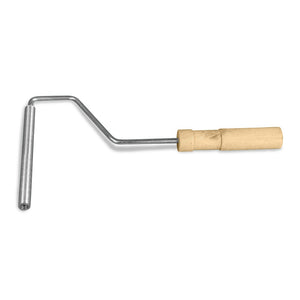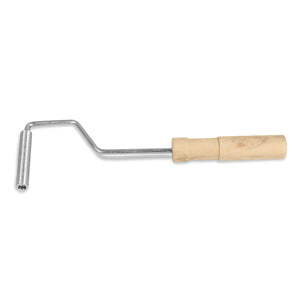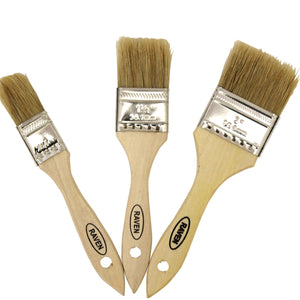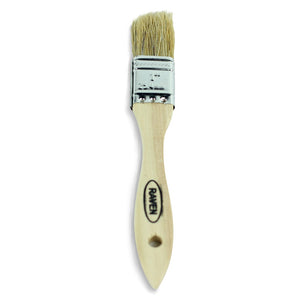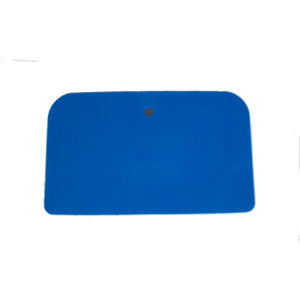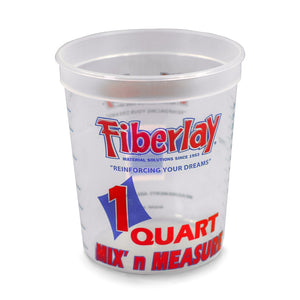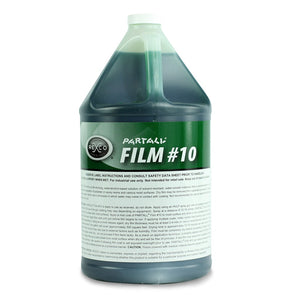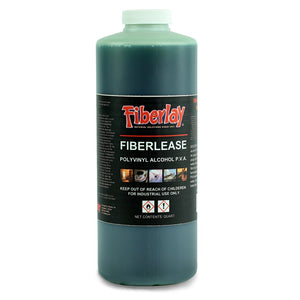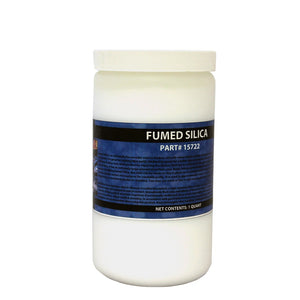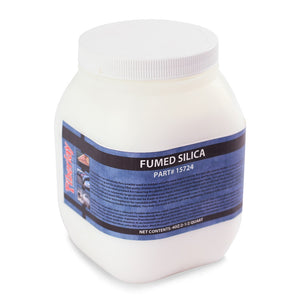You have no items in your shopping cart.
- Great flowability
- Cures at room temperature
- Two component silicone
- Long working time
- 25 Durometer
- High tear and tensile strength
- Easy de-mold
- Ships within one business day
ArtiSil 1025T has great flowability, a long working time, medium hardness, high tear and tensile strength. Easy de-mold from complex replica parts. Acid and alkali-resistant and has low linear shrinkage.
Suited for reproduction of figures, art objects, decoration molding, gypsum products, resin products, etc.
Basic Guidelines for Using ArtiSil Silicone
- Prepare a container to create your mold in. It can be a plastic cup, a wood box or any other non-porous, smooth container. Make sure the container is no more than ½” wider on the edges than your plug. This way you avoid using too much silicone. Silicone is expensive and you don’t want to use more than you need to. Also, make sure your container is taller than your master.
- Secure your master (the part you want to make a mold of) to the container and make sure there are no gaps. Hot glue can be a good option to secure the part. If there are gaps between the master and the container, you can use a molding clay to fill the holes.
- You can spray your master and container with a mold release if you would like but it is not necessary. If you decide to use a mold release to help remove the master, use one that is compatible with silicones.
- Calculate how much silicone you will need. You can calculate this be measuring your container as well as the master.
- Multiply width x height x depth of the container
- Multiply width x height x depth to find volume of the master
- Subtract volume of the master from the volume of the container
- Divide by 10 for the volume of the part B.
You will want to mix a little extra to allow for the silicone that will stay on the mixing bucket and stir stick.
- Use a small scale such as a kitchen scale to weigh the silicone. This silicone is mixed at a 10:1 ratio by weight. Pour the Part A and mix thoroughly before adding Part B. Once Part A is mixed well, add Part B based on the calculations made. Be sure to ‘Shake Well’ the Part B. Components in the Part B can settle. You can pour Part A and Part B in separate cups and then combine both into one large cup. OR, you can do it all in one cup.
- Mix thoroughly with a paint paddle or stir stick. Make sure to get rid of streaks and scrape down the sides of the mixing cup. It should be a uniform color. It is imperative to mix thoroughly.
- Roll around the mixing cup to get rid of any air bubbles before pouring into the container with the master.
- Pour into container over one spot. Let the silicone work its way around the master. Once filled in, you can tilt the mold container side to side to work out air bubbles
- Cure time is approximately 24 hours but could be a little sooner or a little later depending on room temperature.
- Once cured, you can cut or take apart the container the silicone was poured into. If you used a plastic cup, you could cut it down the side. If you used a wood box, the screws could be removed to release.
- Once the silicone is released from the container, you can cut a zig zag pattern down the side to release the master. You could use an Exacto knife of something similar. It is important not to cut all the way to the master on the first cut. Slowly cut it away to avoid ripping or tearing the new mold.
- The master should pull away from the silicone easily. If cut nicely the mold should go back together nicely.
- The mold is now ready to be used to replicate the original plug.
Typical properties
Viscosity (cPs): 35,000/ 100
Pot Life (gel time): 60-120 minutes
Mix Ratio: 100A:10B
Specific Gravity: 1.12/ .98
After cure (7 days@25 degrees C)
Tensile, psi: 450 psi
Elongation, %: 400
Durometer, Shore A: 25
Tear (die B) minimum: 150 pli
Linear shrinkage; %: 0.3-0.4
Cure time: 24 hours
Plaster, polyurethane, PU, GRC, cement, resin, polyester, wax etc. are materials that can be cast into the cured silicone mold.
Question: When curing, does it heat up?
Answer: No, the curing process does not generate heat.





